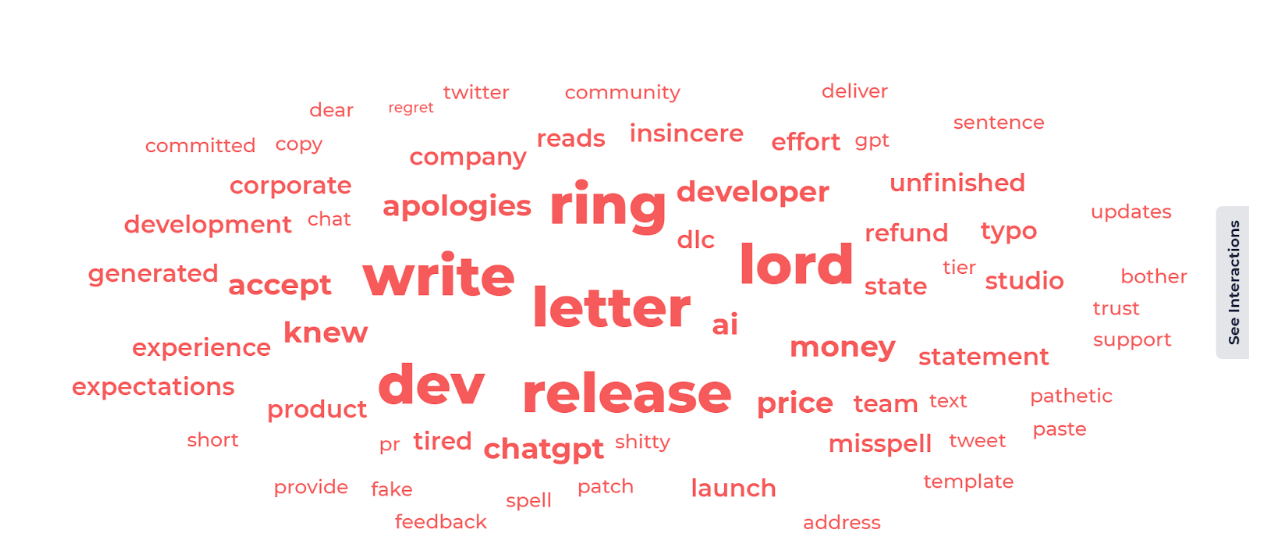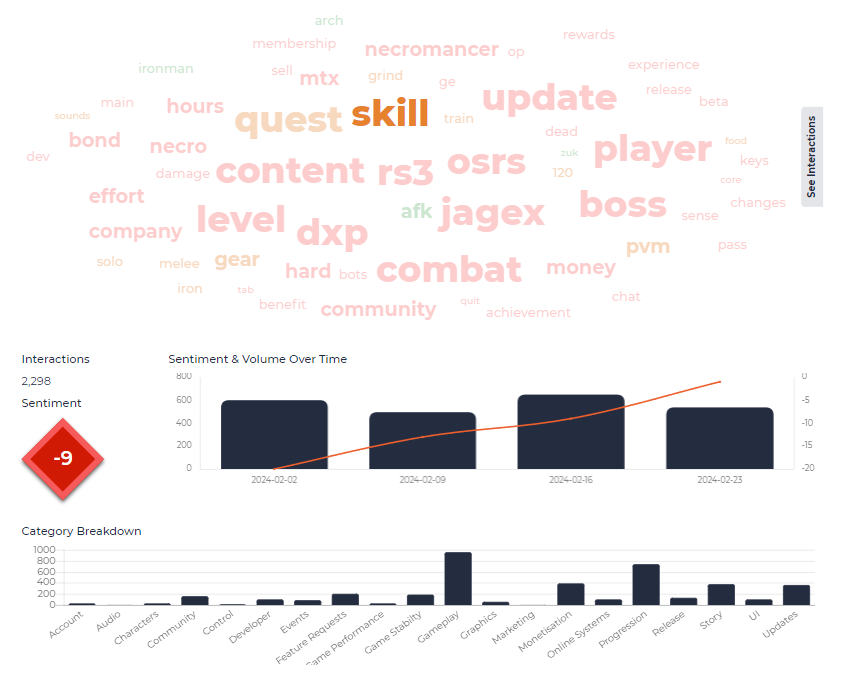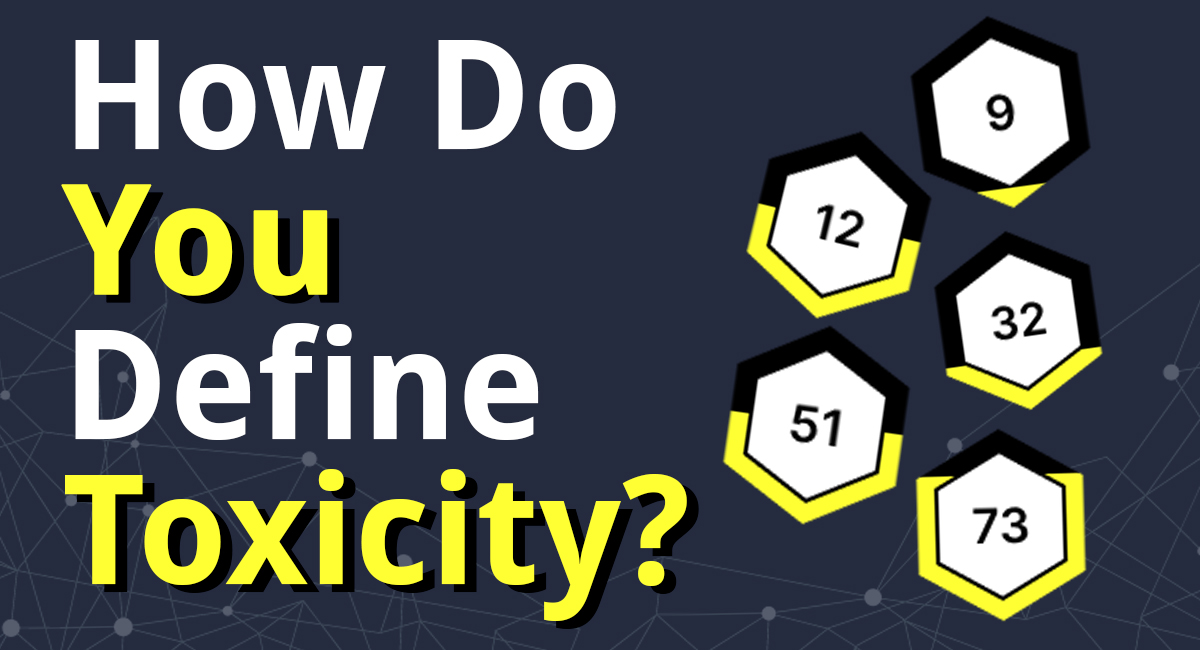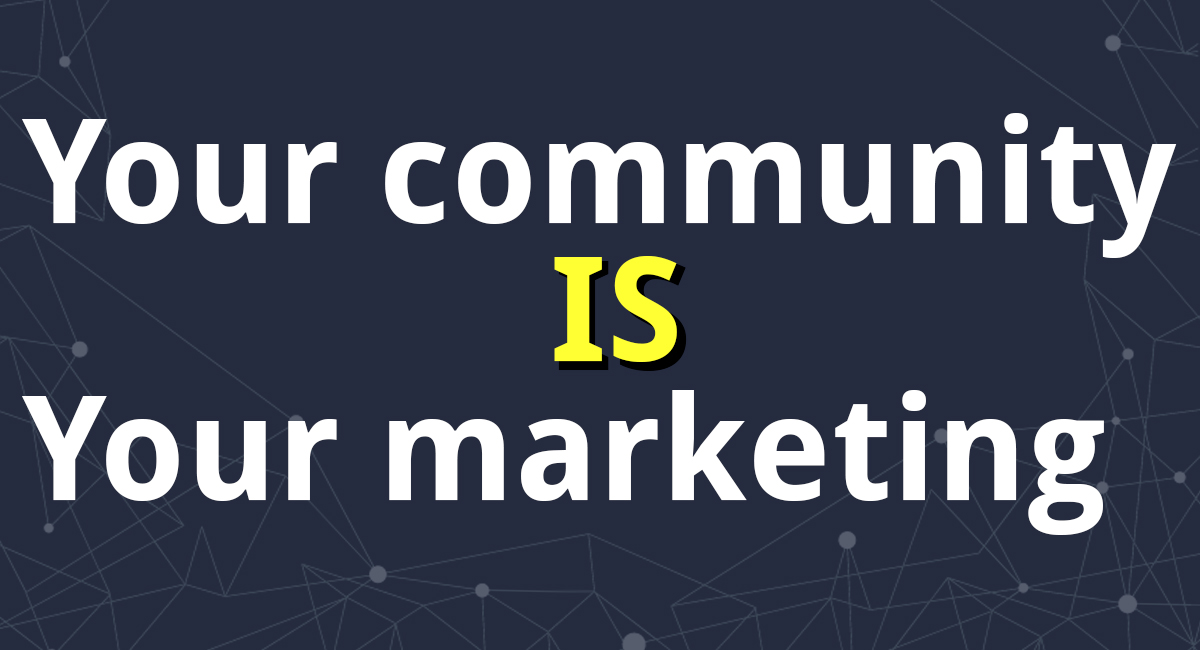We all know them, those players who become fixated on something negative around a game and then use that as a repeatable item of complaint. However simply complaining as a consumer isn’t a bad thing, in fact, it can improve the game if shared respectfully and is solution-driven. But there’s something that separates a regular player who feels strongly about an issue from a truly toxic one. When it crosses into toxic territory, deviant behaviours are expressed to negatively impact a game in an intentional way. This manifests in ways like bullying and harassment, doxing, hateful rhetoric, and/ or discriminatory language.
While this extreme behaviour is disturbing isn’t uncommon, 72% of multiplayer gamers have witnessed toxic behaviour toward others, and 68% have experienced it themselves while playing online video games. For a really comprehensive analysis, check out Doctor Kowart’s work here: https://www.frontiersin.org/articles/10.3389/fpsyg.2020.598947/full#B44
Why is it important to know if your community is toxic?
When your game breaks onto the scene people are going to be talking about it, especially since launch is usually the time that word spreads the fastest. All the marketing budget in the world won’t negate any bad news when it’s shared by players on social media. It’s critical to create champions for your game in your communities and make those platforms a place that speaks well of your product and your team – even if things aren’t perfect.
Let’s be honest, games are expensive. Often the first thing potential customers will do is check Reddit to see what the buzz is and if they should spend their money. You want that place to be full of good stuff that proves they will have fun, incentivizes them to buy, and even more importantly, be brand loyal long term. We’ll talk about how to maintain and grow the community in another post.
Think about your first-time social user. Your potential player jumps into a social media platform to learn more about the game, ask their questions, get guides and tips, and even find other people to play with. If the community is toxic and unchecked by the team their first impression isn’t going to be a good one.
“6 out of 10 players said they had, at least once, quit a session or match or quit a game completely because they were subjected to hate and harassment within that gaming community.
6 out of 10 players reported they had, at least once, chosen to not spend money in a game because of how other players treated them in that community.
7 out of 10 players reported avoiding playing certain games because of the reputation of the community.”
Your Developer team is listening
A good community team is always monitoring their players and trying to improve their play experience. Jagex is a growing leader when it comes to data-driven decisions on this front. Their game Runescape is a free cross-platform MMORPG adventure game that has a non-linear storyline. It’s a true classic that even has PvP areas, so you can imagine with all the skill choices and fighting styles players have a lot to say…and argue about. With hundreds of thousands of players and limited resources, they had to be smart about how they took feedback and how they kept things friendly on their channels. Enter the perfect partnership: AI data + real people = PlayerXP and Jagex.
Sentiment is key
When it comes to listening, it’s easy to find things like impressions and engagement but without context these two analytics mean nothing. After all, when The Lord of the Rings: Gollum launched their social follower and engagement/impression numbers reached a record high. If the team was basing success on the growth of a community and the engagement of posts, they would consider this a huge win. However, the sentiment of those responses is what matters. When we analyse that with PlayerXP we see the subjects after launch were all red-lined in the negative and included some harsh criticism. Sometimes people join your community simply to be upset and seek help. Numbers ≠ success.

That’s why Jagex does it differently, by using PlayerXP. PlayerXP makes it easy to monitor and evaluate the FEELING behind community posts & comments. We transform the unstructured text into a form that allows for deep sentiment analysis and tracking across all of your teams. Anywhere players are writing, we monitor. Then a dashboard is created to share the main subjects, pain points, and improvements that the community is clamouring for, down to the individual ask. We also have a Slack channel and are super responsive to interpreting reports, customizing data for customer needs, and enabling everyone to do their best on behalf of the community.
“For us, it’s nice to see positive sentiment in some areas, but in truth, we’ve always known, in broad terms, what the main positive drivers are. The real value comes in being able to dig deeper into negative topics and better understand exact pain points and feedback. We use the tools for broad analysis (such as use of our platform) but it is really helpful to be able to get a quick, reliable read on new game content – and importantly inform product teams so they can make tweaks and hot fixes post-release to address player feedback quickly and with confidence that any changes we make will resonate with the audience and improve bottom line sentiment and engagement” – Steve Wilson, Player Support Product Manager. Jagex Games Studio
Examples:
Of course, just looking at data is just one of the ways Jagex is awesome when it comes to considering community needs. There are multiple uses for these insights.
Each month the community and product management teams put together a deck using PlayerXP to update and inform stakeholders across the business. The deck allows us to track progress on key hot topics so we can sense check that fix initiatives we’ve put in place are having an impact. In addition, it analyses sentiment by platform and helps inform us of the places we need to be so that our key messaging can have the best reach. As well as overall health for the game titles, we also use the deck to highlight key sentiment moves within the reference period. This might include milestone updates but also other triggers that may have had an impact on the community.
In turn, senior leadership teams can take elements of the deck and share them with their teams, to either offer positive reinforcement for work that has been well received by the community or to highlight learnings for future releases and approaches.
A couple of really useful tools that we use in this approach are to look at individual trend topics and understand the impacts those topics are having on the overall product sentiment. We’ve also moved towards using a PlayerXP tool for ‘flattened average’, a filtering tool that removes persistent spam comments from similar people, so that we can get a true measure of conversations where everybody has a voice and is heard.

Previously it would be a manual process for us to review lengthy social threads and without a filtering tool, it was challenging to understand the balanced view, as it is so easy to be swayed by large volumes of negative comments, albeit offered by a relatively small but vocal proportion of the user base.
What can anyone do?
Other than being a part of the community themselves and visible to the players, what can your team do to mitigate toxicity?
Empower your community team:
Community Managers epitomize the foundation of the trust that is built between a group of players and the developer team. Having a strong Community team allows for direct and transparent communication when issues arise or confusion needs to be cleared up. They are the hype masters, the watchers on the wall, the shield for all angst toward the team, and the first place people will go to ask their questions. Make sure they are equipped with knowledge and have an established relationship with players well before launch.
Customer Support is on top of it:
In addition to the Community team, Customer Support is the heroes who step in when problems need to be solved on an individual level. They directly help out with an array of technical and gaming issues that make someone smile when getting back to the game and want to keep being part of the community.
But don’t take my word for it, Steve’s the expert.
“The Player Support team at Jagex have recently started using PlayerXP to identify topics that cause frustration within the community or are common friction points. Traditionally it is fairly easy to identify the issues of large concern or impacting a number of people, and it’s simple to bring those to product attention and have them road-mapped for resolution. However, there are a number of smaller underlying issues that might affect the quality of life for a player.
Whilst we’ve always known these issues exist, it is difficult for us to attach a value to fixing them, and in a busy studio with conflicting priorities, there is often other work that trumps smaller fixes.
Using PlayerXP, we can attach a metric to these smaller quality of life issues, and while we’re still short of attaching a direct fiscal value as a ROI, we can say with confidence the impact that any change would have on sentiment. That’s a huge step on from taking an anecdotal view, and because we have a metric measure we can prioritize some of those smaller fixes so that those with a decent sentiment impact do get onto road maps.
Jagex also uses PlayerXP to track sentiment against key initiatives especially where a launch has a particular commercial value. For these initiatives we are able to use identifiers within PlayerXP that leads us straight to social discussion that is particularly negative about the topic, we then embark on an outreach program targeting those discussion threads to bust myths and emphasize the benefits of the initiative being discussed.
Addressing detractors directly in this way has a really positive impact on the sentiment tracking for that particular topic because we are maximizing where we spend our time and getting the best return on that time investment in the pockets of negative socials that may otherwise be left unaddressed and become an incorrect ‘source of truth’ for casual readers.”
Conclusion
It’s key to monitor your community’s health over time and create strong rules and means to keep it from becoming corrupted with toxicity. This WILL impact your bottom line.
“Looking at game players aged 13 – 25, researchers found that the average monthly amount of money spent on games deemed ‘non toxic’ as compared to ‘toxic’ was a difference of 54%. That is, there was a 54% gain in revenue for games that ‘don’t sell consumers spewing name calling, racial epithets, holocaust denial, misogyny, threats to one’s safety, and your garden variety rape and death threats’” – https://dl.acm.org/doi/10.1145/3582930
Even if you’ve slipped up and toxicity has already grown in your community, don’t give up. Use the above strategies and even incremental changes can begin the process of cleansing your community of the bad elements that detract from the experience of your game and the usefulness of the feedback you receive.
We at PlayerXP are glad to help you determine the source of these issues so let us know if we can help.


